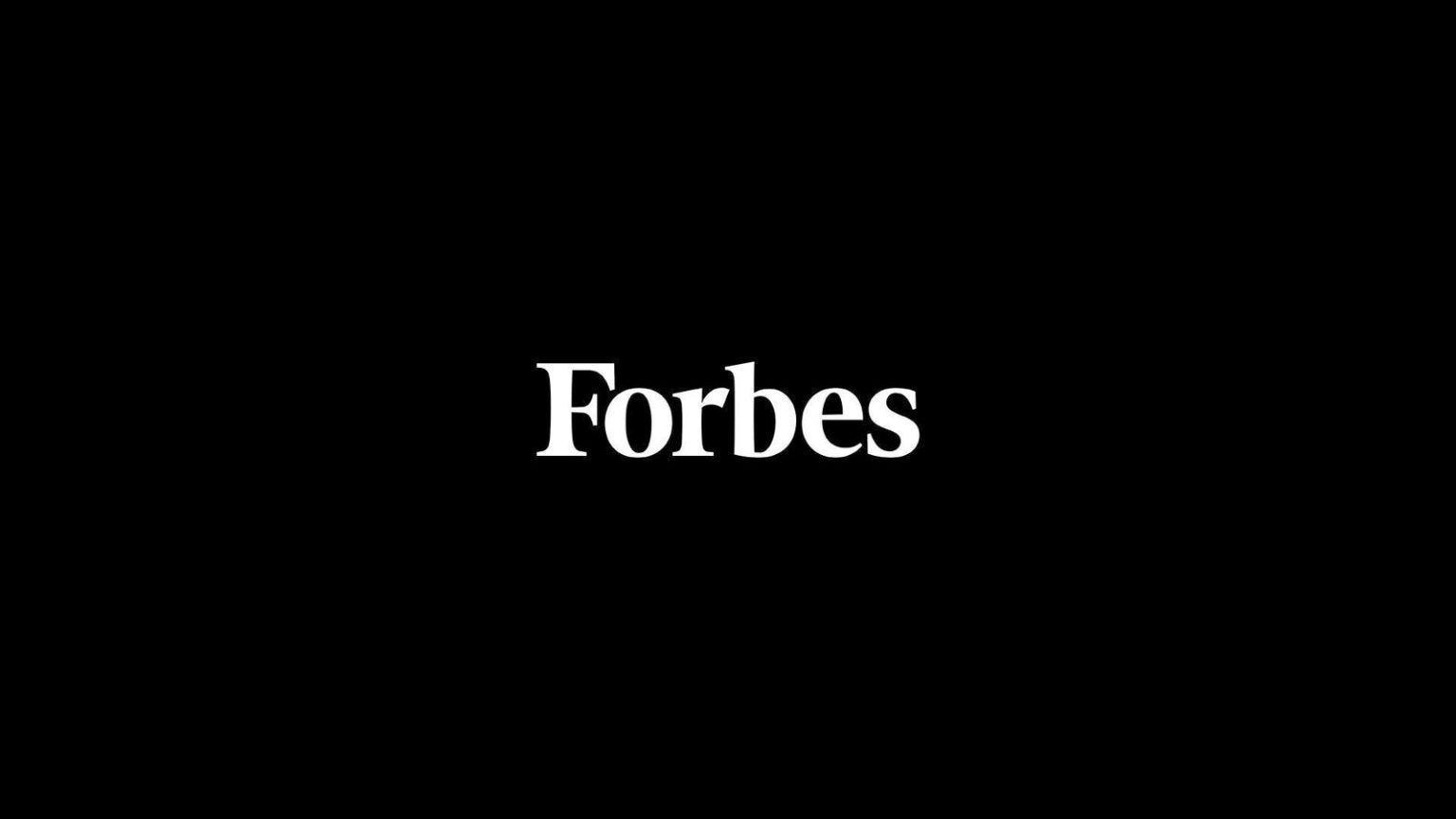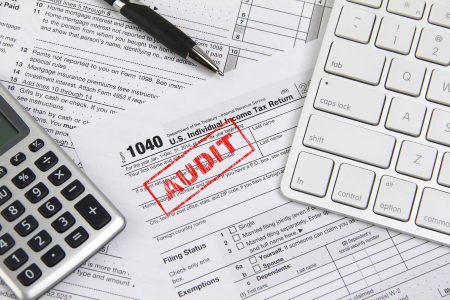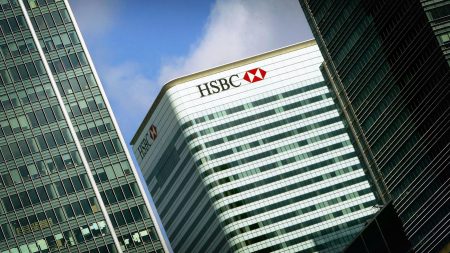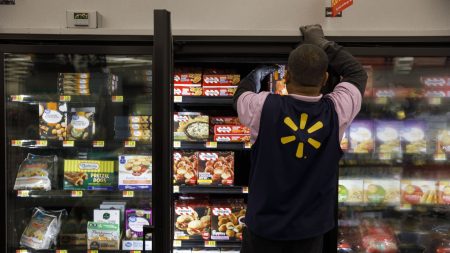Businesses are increasingly focusing on governance and ensuring robust processes and controls are in place to manage their UK taxes. Rather than emphasizing how much tax is due or recoverable, there is a focus on how tax compliance is dealt with and ensuring the right amount of tax is paid at the right time. This shift reflects the current climate where tax is a high profile and emotive subject due to media reporting and punitive measures against tax evasion by HMRC. Businesses are also facing significant changes in the VAT regime, leading to the increased use of technology to automate elements of VAT compliance.
The UK’s Making Tax Digital for VAT regime has covered almost all UK VAT registered persons, and a specific penalty regime for MTD failings suggests HMRC will review MTD as part of their VAT compliance audits. With MTD continuing to evolve, businesses are advised to adapt to the changing landscape to meet VAT compliance processes. This includes identifying changes in the indirect tax regime, having clear processes for VAT returns, ensuring accurate numbers and on-time payments, and using data analytics to test VAT return numbers. Businesses also need to consider VAT aspects in non-routine transactions and changes in supply chains.
Businesses subject to the Senior Accounting Officer (SAO) regime, overseen by HMRC and applying to large companies, must certify that appropriate tax accounting arrangements are in place. This includes focusing on how the business manages its tax obligations, process, and controls to ensure the right amount of tax is paid at the right time. Customs duty, another indirect tax, follows similar principles as VAT. Since Brexit, there has been an increase in imports into the UK, leading to businesses with limited experience of customs and import processes. Due to Customs Duties representing irrecoverable costs and potential impacts on supply chains from delays at ports, businesses are encouraged to review their customs compliance procedures for efficiency gains.
The changing tax climate has seen numerous VAT decisions in tribunals and higher courts, disputes with HMRC, changes in business models due to digitization and new technologies, and modifications in international trade and Customs Duty requirements. In an ideal world, businesses with clear and robust processes can adapt to the evolving landscape and meet VAT compliance requirements. However, the real-world scenario may present challenges, prompting businesses to consider responsibilities for VAT returns preparation, review, and sign-off, staff training, collaboration with business teams on new revenue sources, use of data analytics for error detection, and processes for non-routine transactions.
By ensuring strong processes and controls in place for tax compliance, businesses can navigate the complexities of the changing tax landscape more effectively. With technological advancements and increased scrutiny from tax authorities like HMRC, businesses need to continually review and adapt their tax compliance processes to meet obligations. The focus is not only on submitting taxes digitally but also on maintaining digital links between software applications, digital record keeping, and ensuring compliance with relevant regulations. Ultimately, businesses must prioritize tax compliance to avoid penalties, inefficiencies, and disruptions to their operations due to non-compliance with tax regulations.















